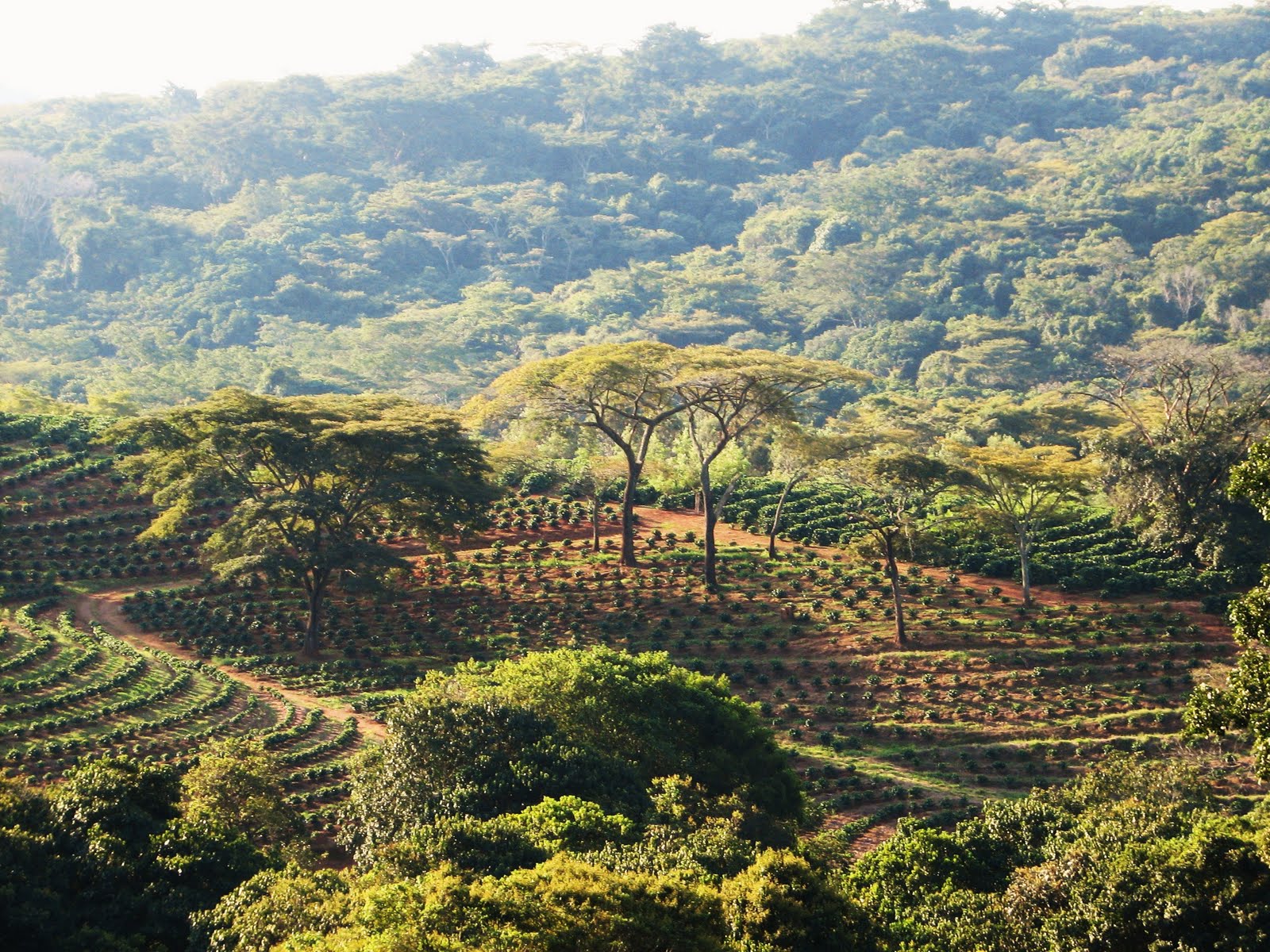FERMENTATION
Fermentation in coffee refers to the microbial reaction of yeasts and bacteria breaking down the sugars in mucilage. This process produces acids which will later add complexity and depth to a coffee. This reaction has been studied and developed in coffee-growing regions everywhere, and great care is taken to understand and master this process. Producers utilize a wide variety of methods to control or enhance fermentation in their coffees. Some processing methods are stylistic, while others are executed out of necessity due to lack of resources such as water.
Our relationships with the families who produce these coffees allow us to experiment with different levels of fermentation applied to our coffees. We can take the same coffee from the same lot and explore bean development with this processing, showcasing the complexity and malleability of the bean.

LOW FERMENTATION
MEDIUM FERMENTATION
HIGH FERMENTATION


